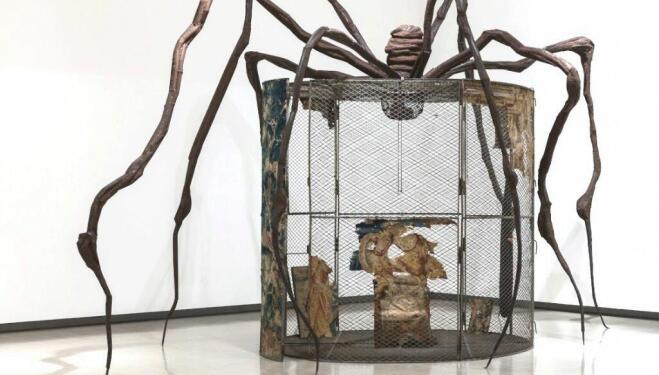
A gloomy Parisian street where the figures up ahead are blurry - concealed by the darkness, a vibrant red sunset over St. Mark’s Basilica in Venice, and people frolicking in the bright blue sea off Dieppe. These paintings are so different it’s easy to think you’ve walked into a group show but they were all painted by one man - Walter Sickert.
Also see Eleonore Dresch’s take on Sickert’s mysterious fascination for Jack the Ripper
Tate Britain has pulled together over 150 of Sickert’s works to showcase the wide diversity of his subjects and painting styles, alongside works by some of his contemporaries such as Whistler and Degas. If there’s an overarching theme it’s that his choice of subjects was just as varied as his style of painting – this exhibition is a masterclass in painting.
What’s always present is a narrative in his work. Sometimes it’s obvious such as a self-portrait where his face looks heavily scarred as if it’s about to fall apart - reflecting the fact it was painted when his marriage was falling apart. Or it can be subtle such as a bright colourful work of beachside performers that looks vibrant at first but the empty seats in the front row may reflect the absence of spectators due to the First World War.
It’s when his works are at their darkest they are the most evocative. A woman sitting backstage at the theatre looks exhausted, and it’s reflected in the gloomy colour palette as it feels like the darkness is enveloping her.
Most disturbing of all is his collection of nudes, with some very provocative paintings with a woman on her back with her genitalia exposed at the centre of the work. Though it’s nowhere near as disturbing as the works known as the Camden Murder Series where a fully clothed man sits over a vulnerable naked young woman. Given he painted these murders soon after they occurred it’s clear to see why these are viewed as controversial pieces, and why they still remain unsubstantiated rumours of links between Sickert and the Jack the Ripper murders.
Later in his life, he veered into what we would now consider being pop art as he painted popular events based on newspaper photographs – Amelia Earhart’s arrival in a thunderstorm is captured brilliantly in a painting as a crowd gathers and fat drops of rain cascade across the canvas. It’s further proof that Sickert was constantly innovating and evolving his style of painting throughout his career.
As Sickert can’t really be nailed down to one type of painting style it means he can never be fully appreciated through seeing a couple of his works. Instead what we need is to see his full varied portfolio and Tate Britain duly delivers, and with some light touch curation, it lets the paintings do the talking.
| What | Walter Sickert exhibition Tate Britain review |
| Where | Tate Britain, Millbank, London, SW1P 4RG | MAP |
| Nearest tube | Vauxhall (underground) |
| When |
28 Apr 22 – 18 Sep 22, 12:00 AM |
| Price | £18 |
| Website | Click here for more information |
.png)





